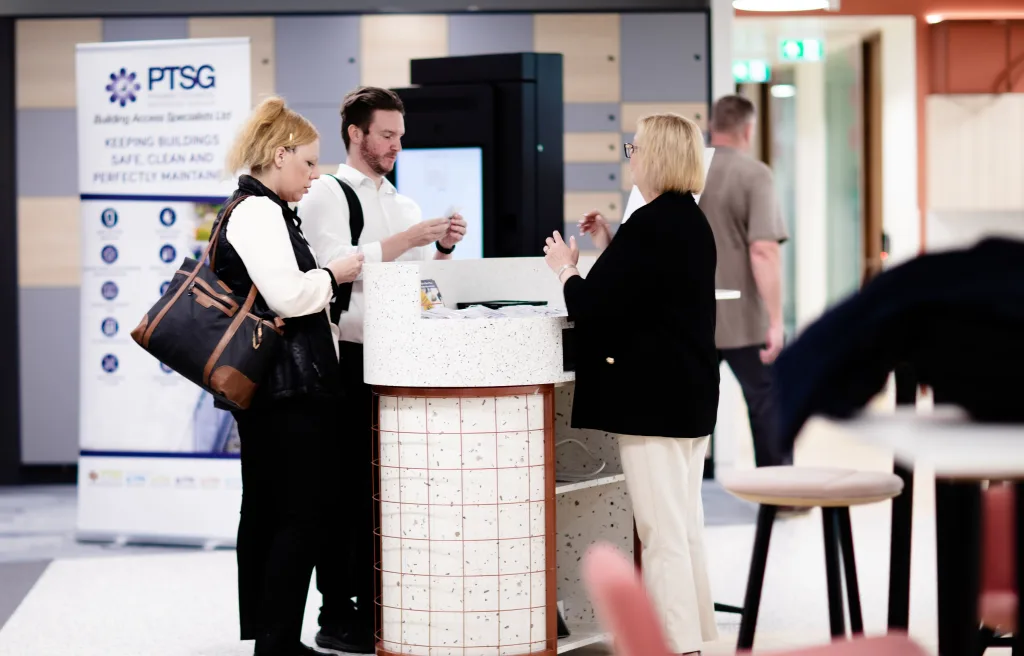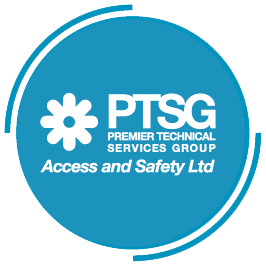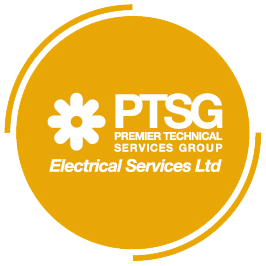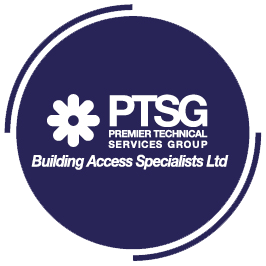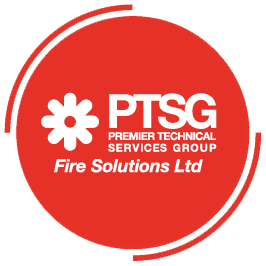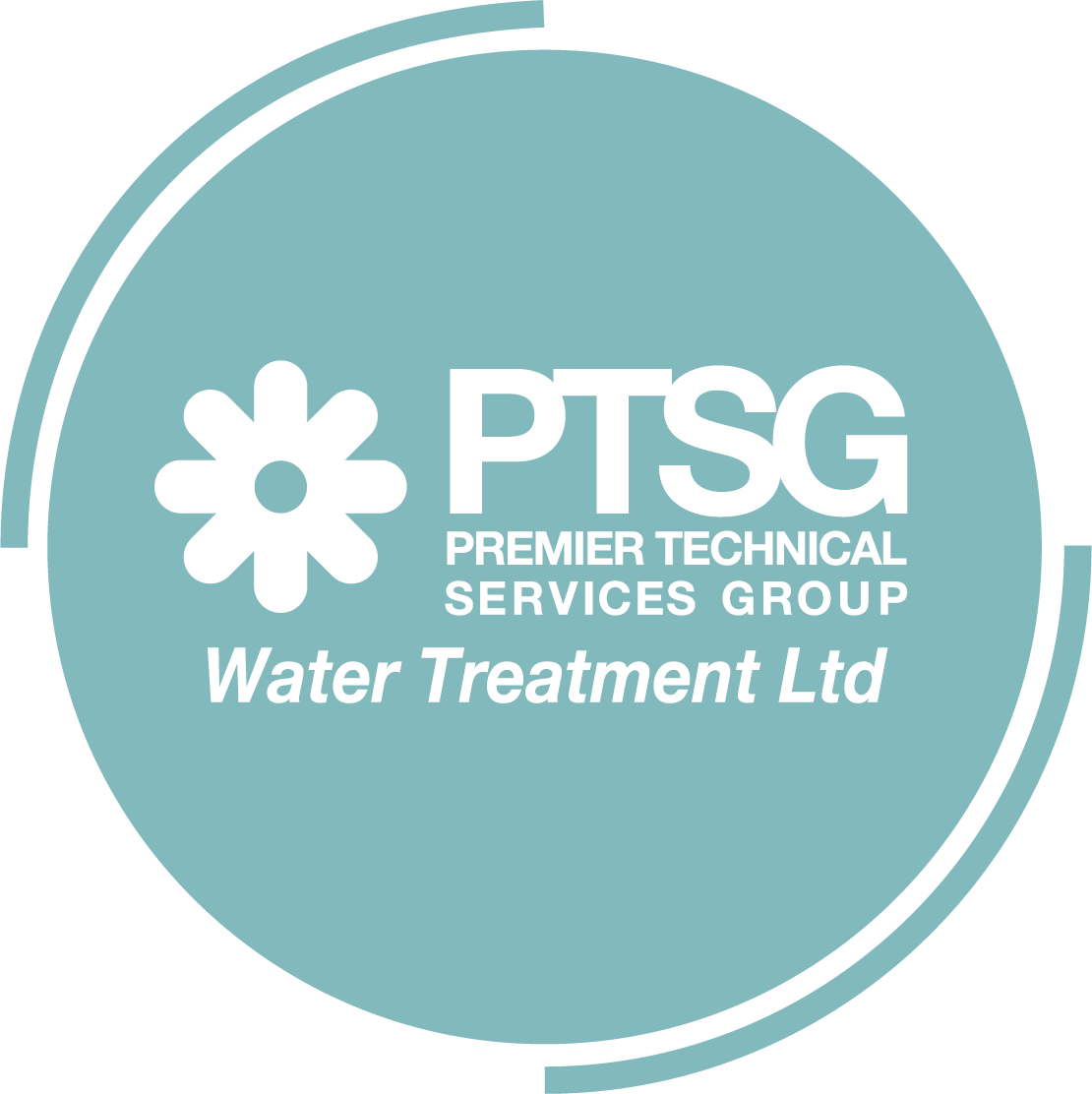Water safety is an issue no company can afford to ignore. Because of the risks of Legionella it’s essential to carry out regular Legionella testing – water testing is the only way to determine whether Legionella is present in a water system. Regular testing can help prevent potentially fatal outbreaks of Legionnaires’ disease.
Remote Monitoring combines hardware and software to perform automatic temperature auditing and data logging remotely. It can be used for:
- Legionella Reporting – taking accurate temperature checks to monitor pipes and deliver regular granular reports;
- Live Alerting – informing customers of which taps need to be flushed; typically, that’s only 2% of all taps at any one time;
- Tracking – keeping customers fully up to date with water movement and temperatures remotely, saving on labour-intensive processes.
How does remote temperature monitoring work?
- Discreet sensors (with a 7–10-year battery life) are installed on the pipework.
- Every 5 seconds, the sensors send data to a cloud connector in the building.
- That cloud connector then sends data via secure cellular networks.
- All the temperature monitoring data can be accessed and viewed on a mobile or computer, giving you very powerful insights.
- Any alerts or one-click reports are delivered to our team via SMS or email alerts.
The benefits of Remote Monitoring
The speed and ease with which PTSG can identify potential issues with customers’ water systems and take proactive action to prevent contamination are seeing big changes. It means that we can avoid sending engineers to site to carry out manual temperature monitoring, thus helping us – and our customers – to meet our carbon reduction targets. PTSG can measure and monitor temperatures at any time and more frequently, allowing our engineers to gather more accurate knowledge on how each asset is performing and make effective recommendations based upon these results.
For sites where access can be an issue, remote temperature monitoring solves many problems. Schools, care homes, charities, social housing and multi-site organisations can benefit enormously from this technology.
Existing flushing regimes waste thousands of litres of water each year, as well as consume large amounts of gas from heating taps too. Remote monitoring enables PTSG to:
- Save time
- Save money
- Save carbon consumption
- Improve compliance
The cost savings typically run into tens of thousands of pounds per year. The CO2 savings are typically several thousands of kg per year and water savings can be hundreds of thousands of litres per year.
Free consultation
